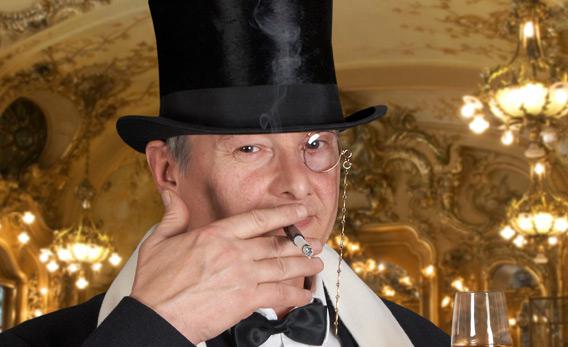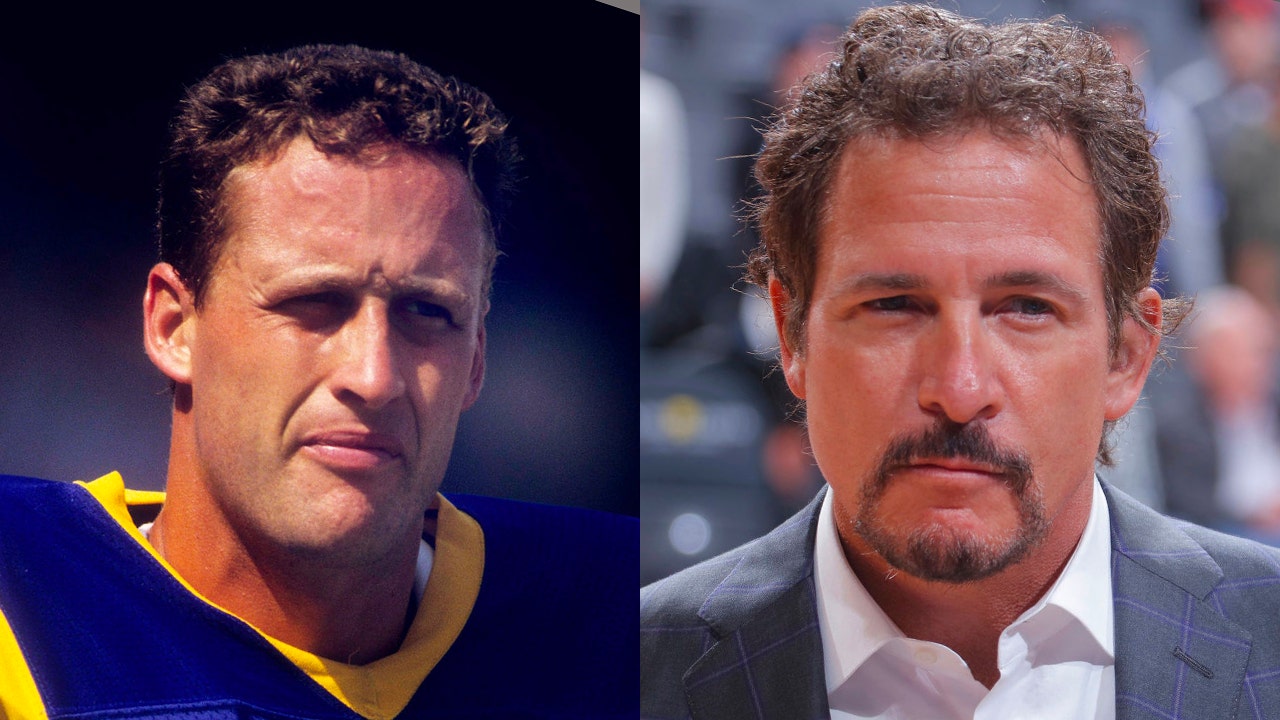Eustace Tilley, the dandyish mascot of The New Yorker, telegraphs his estimable class status with a number of chic-yet-dignified sartorial choices, a top hat and topcoat among them.* But the accessory that most effectively transmits Mr. Tilley’s caste is his monocle: a one, bespoke lens protectedd round his neck by a fine string and held aloft before his discerning eye. By the time Tilley graced The New Yorker’s inaugural cover in 1925, the image of the bemonocled man-about-town had already become a skinnyg of caricature. How did the monocle become a symbol of wealth?
It was a symbol of wealth from the begin. The standard monocle is essentipartner a petite amplifying glass without a regulate (though punctual versions generpartner had one). The monocle can be beneficial in reading petite print and before the advent of up-to-date refrenergetic-error testing it was thought to be contendnt of righting myopia, but sporting one as a vague part of one’s attire was always someskinnyg of a styleable swayation. Like the lorgnette, increateerglass, and, a straightforward ancestor, the quizzing glass, the monocle modestpartner startd as a fgraspish accessory of those with the cash and the inclination to achieve such skinnygs. It was most well-understandn with the moneyed classes in Europe in the 1820s and ’30s, and adviseed a revival in the 1890s.
Though the exact origins of the monocle are unevident, style historian Ricchallenging Corson sets their vague ecombineance around the turn of the 19th century in Great Britain, with speedy adselection and further broadenment in Germany. According to a 1950 article from Optical Journal, from the commencening the one lens carried with it “an air of conscious elegance,” making it ripe for ridicule: “[O]ne had the experienceing the wearer was being a trifle silly, an attitude which resulted to some extent from the fact that monocles widespreadly did not fit and kept dropping out of place.”
Indeed, the impragmatic set up of monocles determined their status as a lavish object. In order to elude muscle strain, the structure of the monocle—which may be made of gancigo in, silver, tortoise shell, and other materials—must be custom-fitted to the wearer’s eye, an costly proposition. Additional aid may come from a “gallery,” a liftd edge that helps hold the lens away from the wearer’s eyelashes and more firmly ensconced in the eye orbit. Due to their sensitivity to gravity, monocles are almost always combineed to a chain or string.
The association of monocles with a stereotype of the rich, especipartner with the rich and pretentious, began at least as punctual as Charles Dickens’ skewering of youthful Mr. Barnacle’s intractable eyepiece in Little Dorrit, serialized between 1855 and 1857. In America, the image was bigly well-understandnized by E.A. Sothern’s portrayal of the silly English nobleman Lord Dundreary in Our American Cousin, first carry outed in 1858.
Still, there’s traditionpartner been at least some insist for the eyepiece among the less-moneyed. Mass-originated monocles of lesser quality were useable thcdisorrowfulmirefulout the 1800s and worn by men—and occasionpartner women—of more unassuming nastys. Currently, a monocle in “whisky tortoise” can be had from the eye-dresser Warby Parker for $50.
Correction, Dec. 28, 2012: The article originpartner ignorepelled Eustace Tilley’s name. (Return.)









